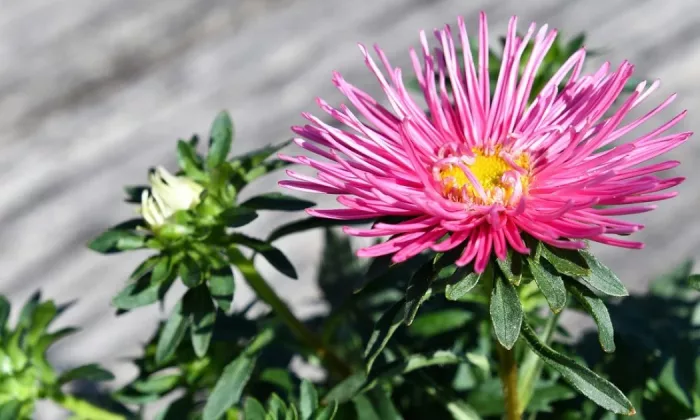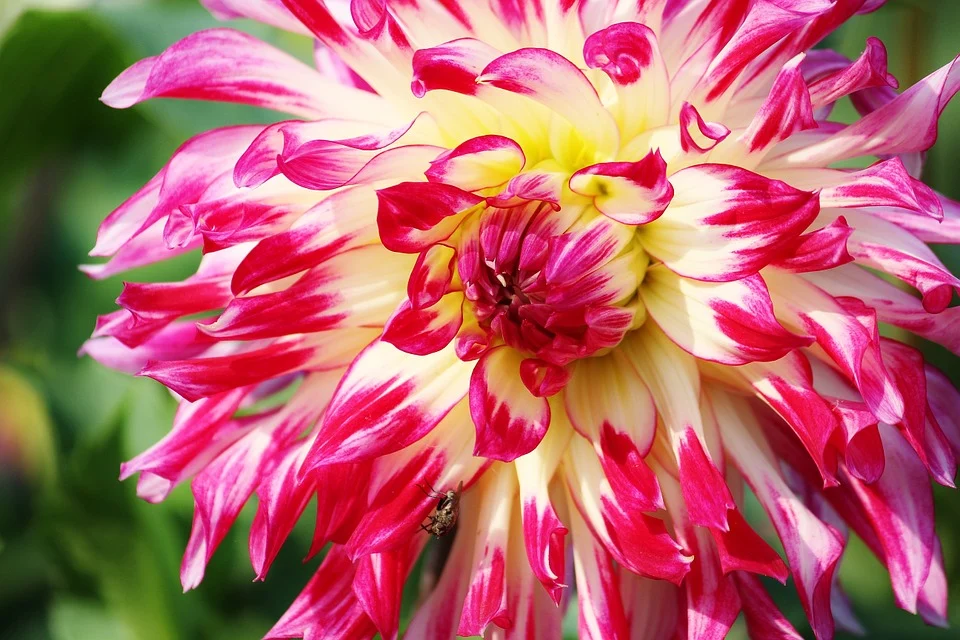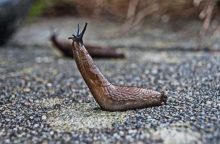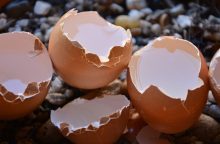Growing China aster at the right time

China aster or annual aster, is a flower of many colours and shapes. There are many varieties. All were bred from Calistephus chinensis, which was originally a fairly modest flower with purple petals and a yellow centre, but in the 18th century, the Europeans imported it and bred a number of varieties from the original variety. Growing aster is not difficult at all – and you can start right now!
Sowing
Dwarf and taller cultivars are usually able to flower in the summer of the same year after planting. They are quite resistant to cold so you can plant them outside quite early in the spring or you can do it in your greenhouse. At the turn of April or May, you may plant in a flower bed. Make sure to choose a sunny place with moist but well-drained soil. Asters are not particularly demanding on soil and can tolerate calcium in soil well.
Photo: Pixabay
Easy care
In the summer, it is good idea to clip off flowers that have already bloomed. The plant will benefit greatly from clipping and will bloom more often, and you will be able to enjoy flowers until autumn. Asters usually last until the first frosts and keep blooming when other plants have already given up. If you experience a dry season do not forget to water asters regularly and do the watering in the evening. If you water under full sun, water droplets left on leaves could create unattractive dark spots. You should also lose the soil between individual plants with a hoe for example, and get rid of weeds as needed.
Fertilizing asters
You can strengthen your plants with fertilization done during autumn. But everything needs to be done moderately as asters do not like direct organic fertilization (they are especially sensitive to manure, as it contains too much nitrogen). Use cut grass or leaves instead.
Change the habitat
You can choose different habitat every year. This is because aster has a natural enemy – a fungus that belongs to the Fusarium genus. The disease is caused by a fungus called fusariosis. Mainly mature plants get affected. Flowers quickly wither and die. Do not put dead flowers in your composter. Burn them!
Aphids – another enemy
Another pests that commonly attack asters are aphids. You can tell that your flowers have been attacked by aphids if you see twisted and deformed leaves. Aphids live on the underside of leaves and suck the nutritious juice, which of course weakens the plant. You need to get rid of aphids as quickly as possible. There are chemical agents available on the market for this purpose so use them. They are quite effective.
Preview photo: Pixabay

Gardening is my hobby, I have a lot of experience and I am happy to share it.









0 comments